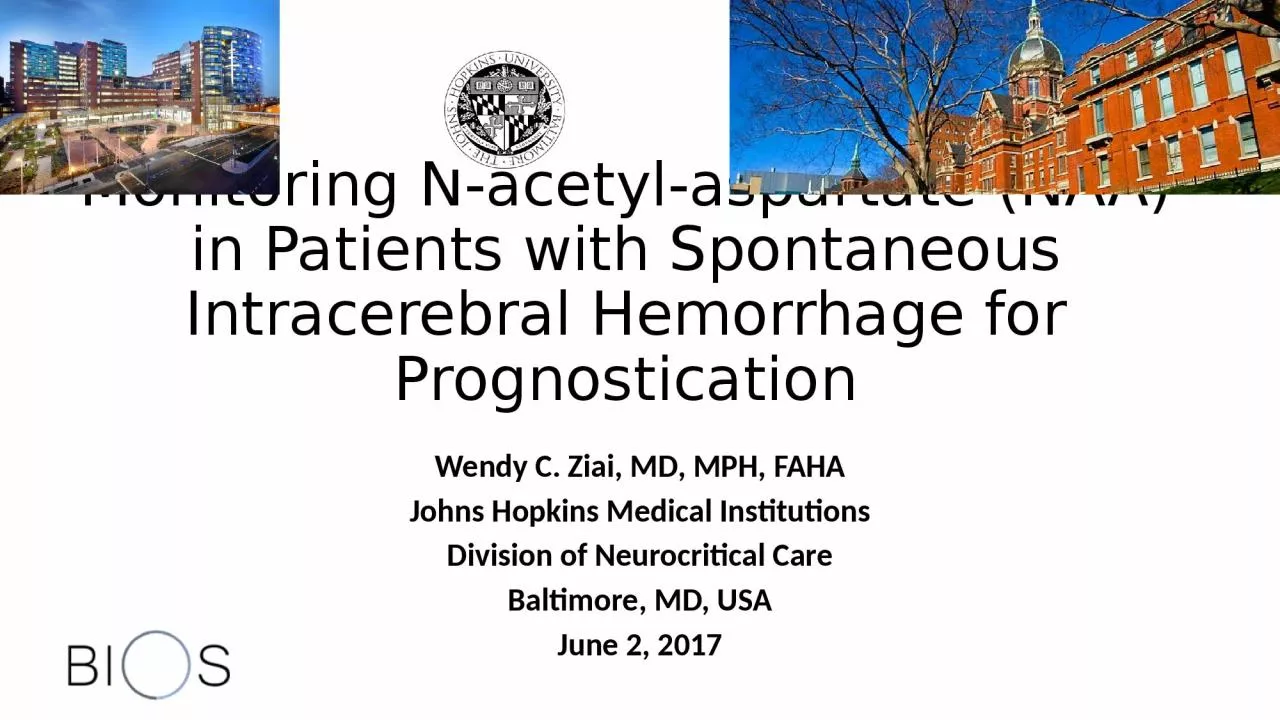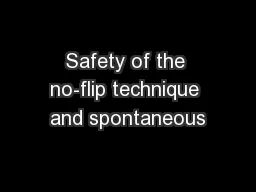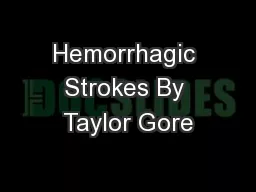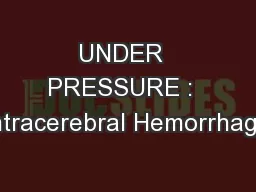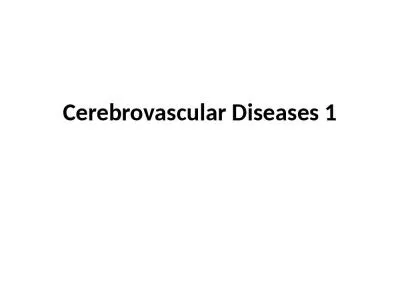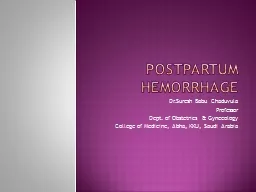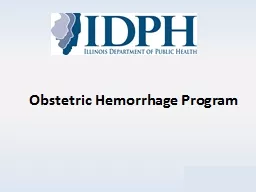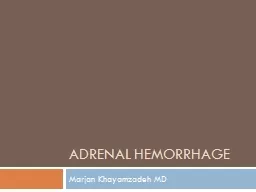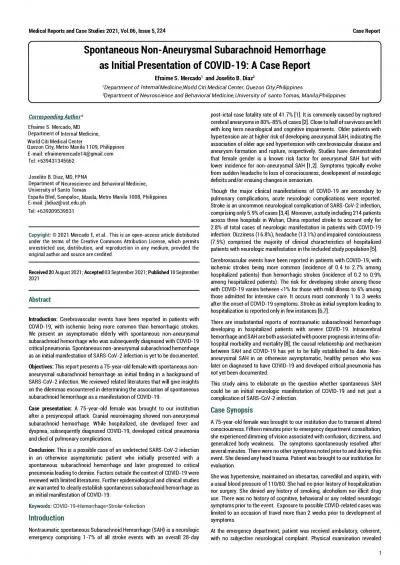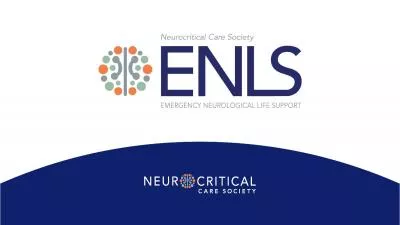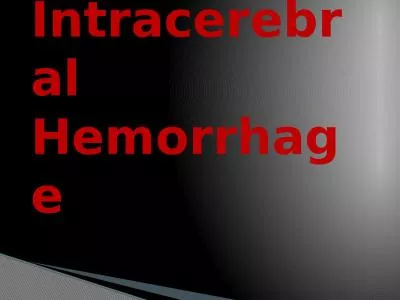PPT-Monitoring N-acetyl-aspartate (NAA) in Patients with Spontaneous Intracerebral Hemorrhage
Author : QueenBee | Published Date : 2022-08-01
Wendy C Ziai MD MPH FAHA Johns Hopkins Medical Institutions Division of Neurocritical Care Baltimore MD USA June 2 2017 2 October 14 2013 ANA 2013 Presenter Disclosure
Presentation Embed Code
Download Presentation
Download Presentation The PPT/PDF document "Monitoring N-acetyl-aspartate (NAA) in P..." is the property of its rightful owner. Permission is granted to download and print the materials on this website for personal, non-commercial use only, and to display it on your personal computer provided you do not modify the materials and that you retain all copyright notices contained in the materials. By downloading content from our website, you accept the terms of this agreement.
Monitoring N-acetyl-aspartate (NAA) in Patients with Spontaneous Intracerebral Hemorrhage: Transcript
Download Rules Of Document
"Monitoring N-acetyl-aspartate (NAA) in Patients with Spontaneous Intracerebral Hemorrhage"The content belongs to its owner. You may download and print it for personal use, without modification, and keep all copyright notices. By downloading, you agree to these terms.
Related Documents

